On Tuesday, August 18th please join us for a (now virtual) European shark conservation symposium as part of the (now virtual) 6th International Marine Conservation Congress (IMCC!) IMCC is a once-every-two-years event that brings together ocean scientists, conservation and management professionals, and educators from all over the world- register here for just $25 for the virtual version. Follow along on twitter with #IMCCsharks
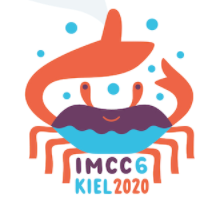
We have 11 speakers from all over Europe and North America speaking on a variety of issues related to the conservation and management of sharks and their relatives in European waters, and ongoing efforts to scientifically study especially threatened species. The symposium will also feature a panel discussion and informal mingling via a Zoom happy hour with some of the speakers after the symposium ends. The symposium is broken into two 90 minute parts, be sure to check out them both!
Here are the titles, abstracts, and speaker bios with links to learn more!

Session 1 (11 a.m. to 12:30 P.M. UTC, 7 a.m. – 8 :30 P.M. US East Coast time)
- Conservation made complicated: The case of Northeast Atlantic Tope (Galeorhinus galeus) Matthias Schaber
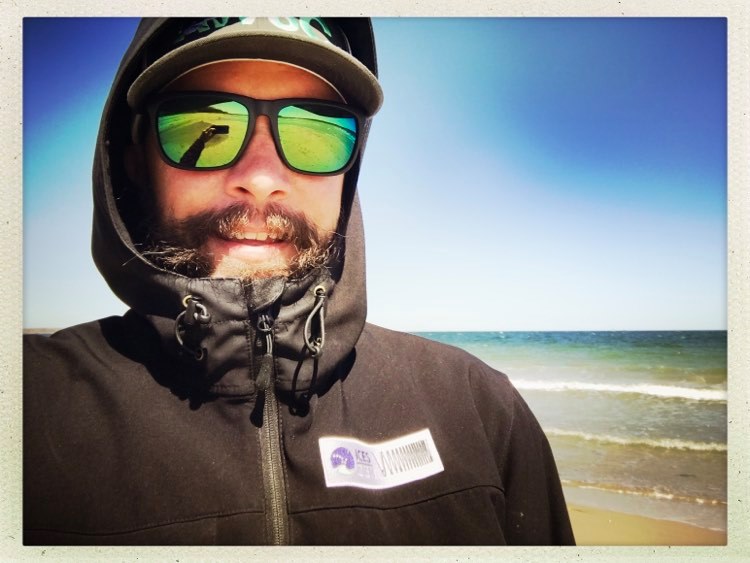
Tope (Galeorhinus galeus) is a medium-sized shark with a widespread distribution across cold to warm temperate areas of all major oceans. This species, considered mainly coastal and demersal, undertakes extensive and wide-ranging seasonal migrations across its distribution area and also has been found in offshore oceanic regions in deep water. However, transient and resident behavior of adults, partial female migration probably related to reproduction, sex-segregation of adult aggregations and ontogenetic shifts in distribution patterns and habitat selection indicate an enormous plasticity in biological and behavioral traits. Despite no targeted fishery, tope are highly susceptible to a variety of fishing gear employed throughout their northeast Atlantic distribution and are a typical bycatch of mixed demersal and pelagic fisheries. The NEA population is considered data deficient with no analytical assessment for stock development available. The species is highly vulnerable to overexploitation, as indicated through population declines derived from scientific survey data and a relative exploitation rate perceived to be above sustainable levels. However, actual landings data are insufficient, and comprehensive, species specific management measures are not in place so far. Furthermore, the high plasticity in migration and distribution patterns renders conservation measures for tope difficult to derive and implement. Recently, Parties to the Convention on Migratory Species of Wild Animals (CMS) have included tope in Appendix II of CMS acknowledging the need for enhanced international cooperation for the conservation and sustainable management. This includes an automatic consideration for inclusion of tope in the Memorandum of Understanding on the Conservation of Migratory Sharks, a specialized daughter agreement under the umbrella of CMS bringing together Range States committed to achieve and maintain a favorable conservation status for species listed. Here we present insights into the biology of the NEA tope population and show how these biological traits make conservation measures challenging.
Learn more: Thunen Institute of Sea Fisheries homepage , follow Matthias on twitter.
2. Are we there yet? – the next phase in shark conservation. Irene Kingma
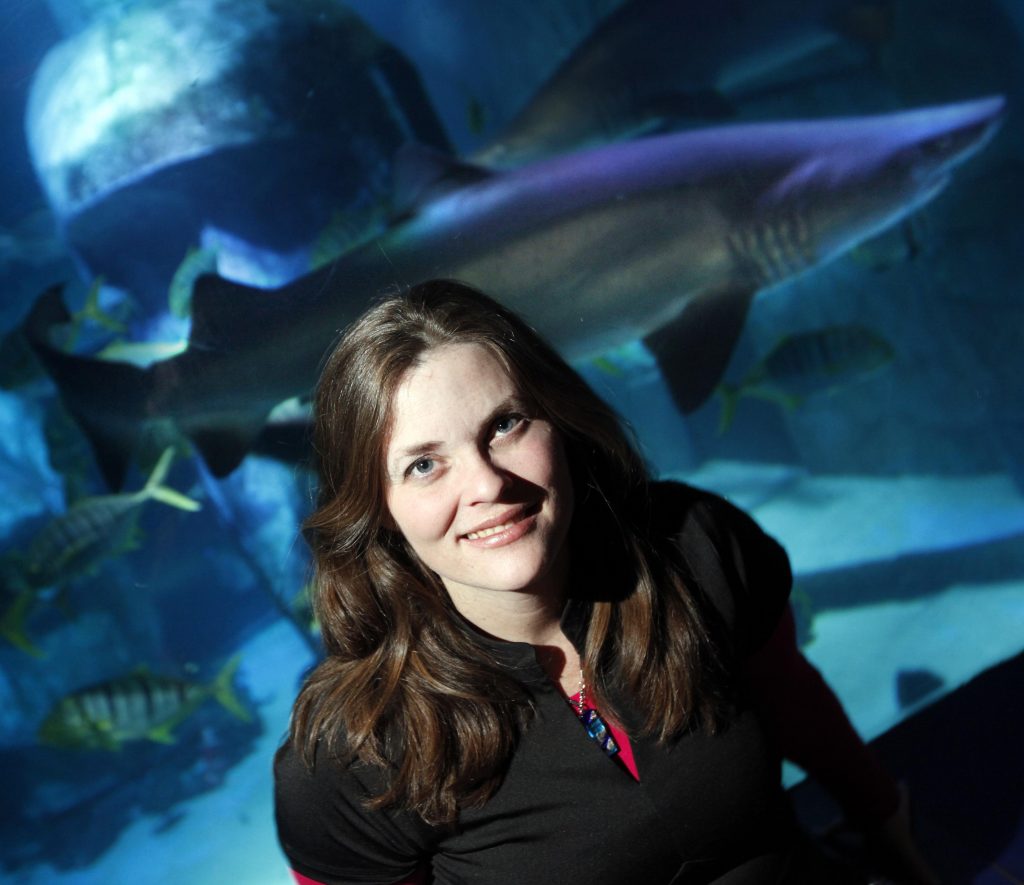
Two decades ago the situation for sharks and rays in European waters was highly concerning. There were no limits for fisheries on elasmobranchs and endangered species had little protection. Many species were in decline or had populations at historically low levels. Species-specific knowledge was sadly lacking. A concerted effort by conservationists around Europe, and an improved science-base, have led to a substantial increase in protective management measures aimed at improving the status of sharks and rays in Europe, but are we there yet? Have these changes in the policy landscape yielded a result under water? We present an overview of EU laws and regulations that apply to elasmobranch management, with a validation of the level of change that has been achieved at a species level and an in-depth analysis of core measures to pin-point where the key to effective conservation of elasmobranchs lie
Learn more: Dutch Elasmobranch Society homepage. Follow Irene on twitter.
3. Sea Deep – a volunteer elasmobranch-tagging initiative in the politically turbulent Northern Irish waters. Heidi McIlvenny
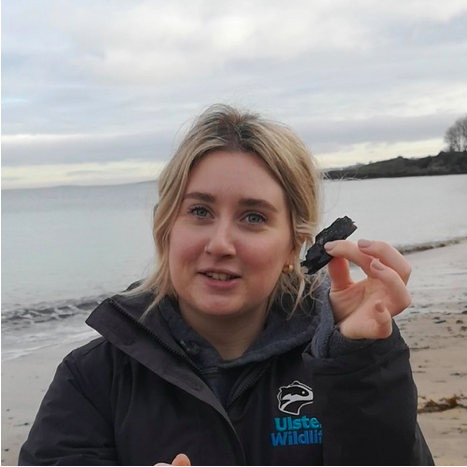
Sea-anglers are guardians of one of the best-kept secrets in Northern Ireland (NI); our waters are home to some of the largest, rarest, and threatened elasmobranchs in the world. While there have been relatively few formal studies of elasmobranch populations within the UK and Irish waters, anecdotal information of elasmobranch movements and behaviour has existed amongst the sea-angling community for many years. Flapper Skate (Dipterus cf. intermedia) have been described as the first clear case of a fish species brought to the brink of extinction by commercial fishing, and its listing was upgraded to Critically Endangered on the 2006 IUCN Red List of Threatened Species. Flapper Skate show high site-fidelity and well-defined habitat preferences, making it a prime candidate for enhanced management such as Marine Protected Area (MPA) designations. As a favoured sport fish that has been pursued by anglers for many years, it is an optimum opportunity to work alongside volunteer sea-anglers in conservation-focused data collection. Sea Deep is a new elasmobranch conservation project led by Ulster Wildlife with support from the National Lottery Heritage Fund. We are training and equipping volunteer sea-anglers in elasmobranch tagging techniques and data collection in order to provide new evidence to secure site-specific protection for Flapper Skate, and establish management measures for our endangered elasmobranchs in NI waters. As there is currently only one MPA for Flapper Skate throughout the UK and Ireland and a highly limited amount of data collection for other elasmobranchs, these achievements will be the first of their kind in NI. Now the secret is out, Sea Deep volunteer anglers, through engagement in active conservation measures, are taking ownership of and acting as guardians for Flapper Skate in our politically turbulent waters.
Learn more: Please visit the project website and follow them on twitter.
4. Angel Shark Conservation Network: coordinated action for fallen angels. Eva Myers
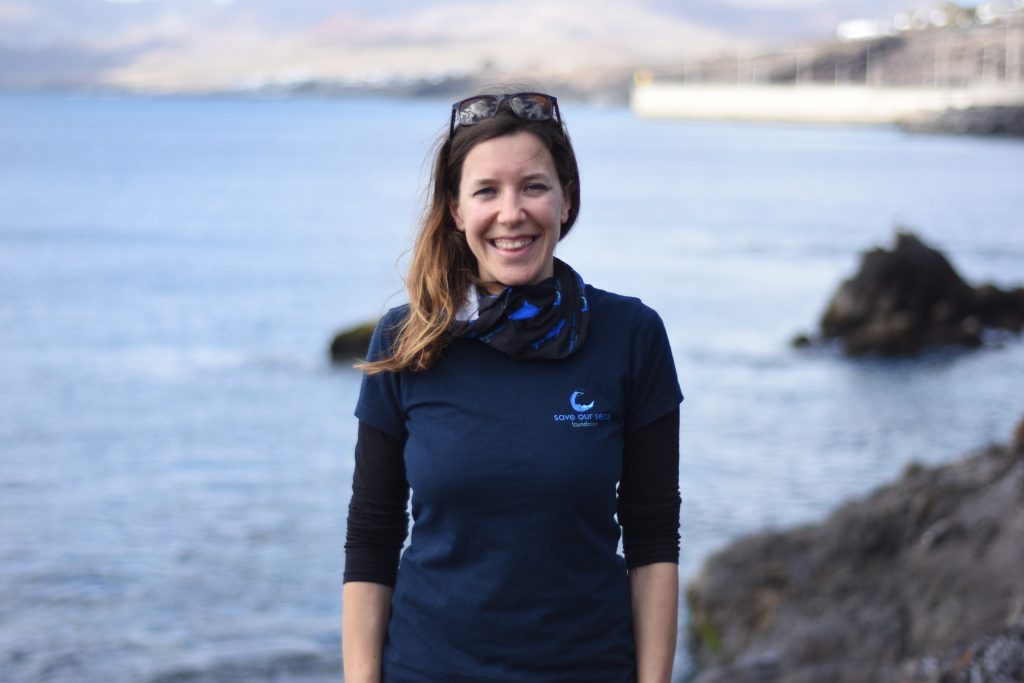
Eastern Atlantic waters and the Mediterranean Sea are home to three species of Critically Endangered angel sharks – Sawback Angelshark (Squatina aculeata), Smoothback Angelshark (S. oculata), and Angelshark (S. squatina). These large, flat-bodied species are highly susceptible to demersal fishing and, as a result, Squatinidae is recognised as one of the most threatened families of chondrichthyans in the world. The Angel Shark Conservation Network (ASCN) was established by the authors in 2016, and represents a community working to better protect angel sharks. The Network has since welcomed additional collaborators and helps to facilitate dialogue and information sharing. ASCN core partners developed the Eastern Atlantic and Mediterranean Angel Shark Conservation Strategy as a framework for improved protection for these vulnerable and previously overlooked species. The Strategy is designed to guide future research, management, policy, and conservation to better protect and restore populations. Key goals are outlined to minimise fishing mortality, protect critical habitat, and mitigate human disturbance. Four regions are covered in the Strategy, and two Regional Action Plans have been developed – the Angelshark Action Plan for the Canary Islands and the Mediterranean Angel Sharks: Regional Action Plan, both of which provide clear roadmaps for conservation action. Additional SubRegional Action Plans (including the Aegean Sea and Wales) are in progress and designed to facilitate further coordinated action on a more local scale and ensure all stakeholders are fully engaged in the process. Successes of the ASCN coalition have included refining species distribution maps, contributing to IUCN Red List reassessments, identifying priorities and challenges faced by conservation efforts, and crucially, securing full protection for S. squatina in the Canary Islands under Spanish regulation. Here we present case studies for the Canary Islands and the Mediterranean, briefly outlining progress to date, key policy priorities, and the importance of coordinated international conservation action.
Learn more: Angel shark conservation network, Angel shark project , report your angel shark sightings, read the angel shark conservation strategy, Shark Trust on angel sharks, IUCN Shark Specialist Group on angel sharks, Submon on angel sharks. Follow the angel shark project on twitter
5. Mechanisms for success: implementation of EU policy for management and conservation of elasmobranchs. Paddy Walker
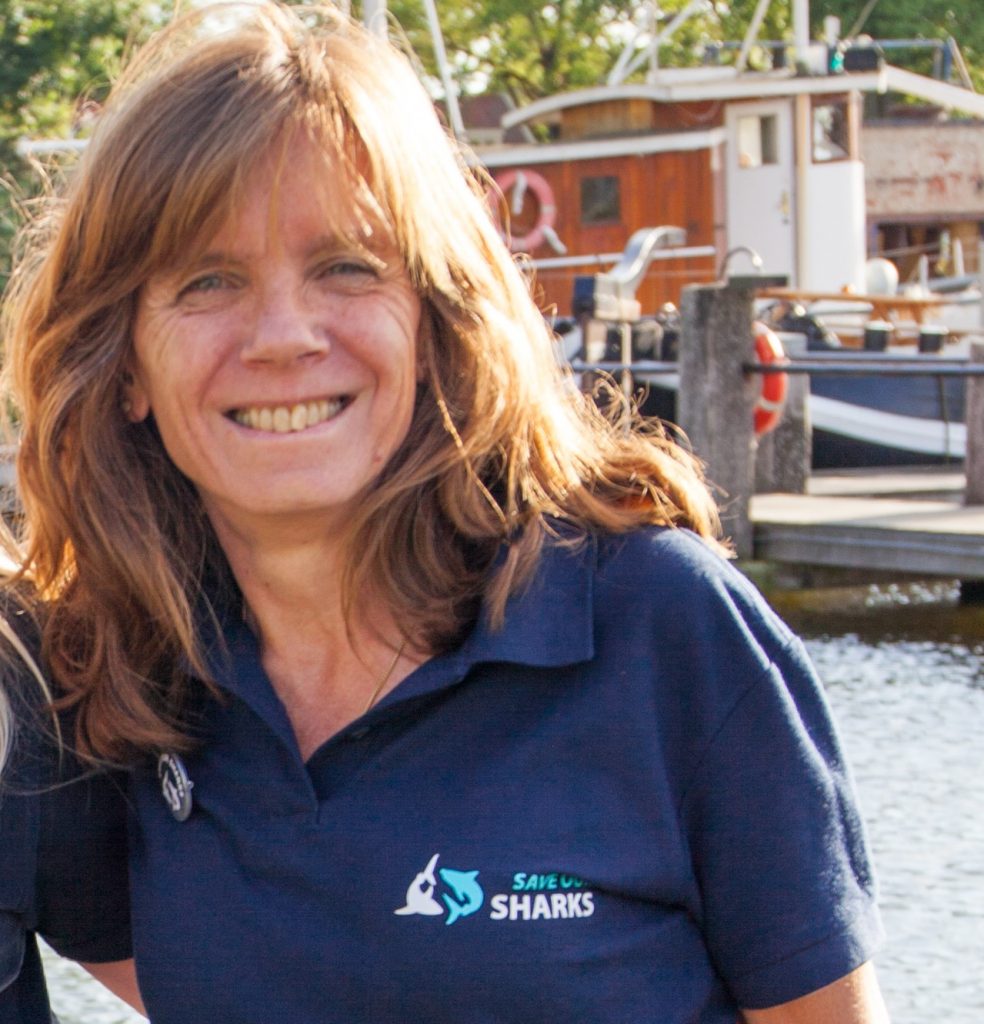
The 2009 European Community Action Plan for the conservation and management of sharks (CPOA) and the Finning Regulation are two important tools for the management and conservation of sharks. In 2019 the Scientific, Technical and Economic Committee for Fisheries (STECF) of the EU carried out a review of the implementation of the EU shark finning regulation and the European Community Action Plan for the Conservation and Management of sharks (CPOA) with a view to assess the impacts that EU fisheries have had on shark populations worldwide. In order to do this, an STECF expert working group (EWG) examined the state-of-play in the reporting and implementation of the Fins Naturally Attached Policy both for vessels operating in the EU waters and outside of EU waters and reviewed how the CPOA has been implemented in the past 10 years. Subsequently the EWG advised on the impacts that EU fisheries have had on shark populations worldwide in relation to the objectives of CPOA. The results were presented to STECF at their plenary meeting in November 2019. Based on this, STECF has adopted their conclusions and suggestions. This presentation will summarise the main conclusions of the review and explore mechanisms for success for the way forward for the management and conservation of elasmobranchs in the EU.
Learn more: Please visit the Dutch Elasmorbanch Society website.
Session 2: (2:00 P.M. – 3:35 P.M. UTC, 10 a.m.-11:45 P.M. US East Coast time)
- Enhancing synergies between conservation and management bodies to improve the status of European sharks and rays. Sarah Fowler
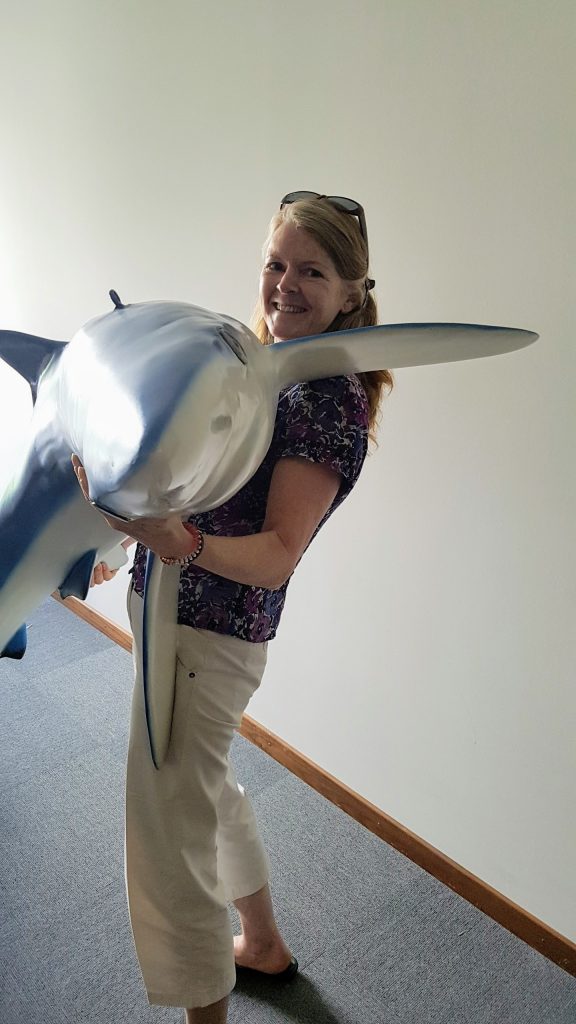
Threatened sharks and rays in European waters fall within the remit of a wide range of conservation and management bodies whose geographical and thematic roles overlap. This presentation briefly describes the remits and activities of these organisations. Within national waters, wildlife and fisheries management are often the responsibility of different Ministries or government departments. This also applies at EU level, where DG-MARE and DG-ENV are both responsible for aspects of shark and ray management. Within ocean basins, Regional Seas Conventions and Action Plans (RSCAPs, e.g. OSPAR and the Barcelona Convention) and Regional Fishery Bodies (RFBs, e.g. ICES, NEAFC, ICCAT and GFCM) may have overlapping and/or potentially conflicting remits. Globally, the Convention on International Trade in Endangered Species of Wild Fauna and Flora (CITES) and the Convention for the Conservation of Migratory Species (CMS) recognise the need to collaborate and coordinate with the work of the Regional Fisheries Management Organisations and FAO. A case study examines opportunities for improved cooperation between CITES and the tuna RFMOs for the conservation, management and recovery of pelagic sharks. The presentation concludes that the conservation and management status of European shark and ray stocks could benefit significantly if synergies between biodiversity conservation and fisheries management bodies are enhanced
2. Official catch data underrepresent shark and ray taxa caught in Mediterranean and Black Seas fisheries. Madeline Cashion
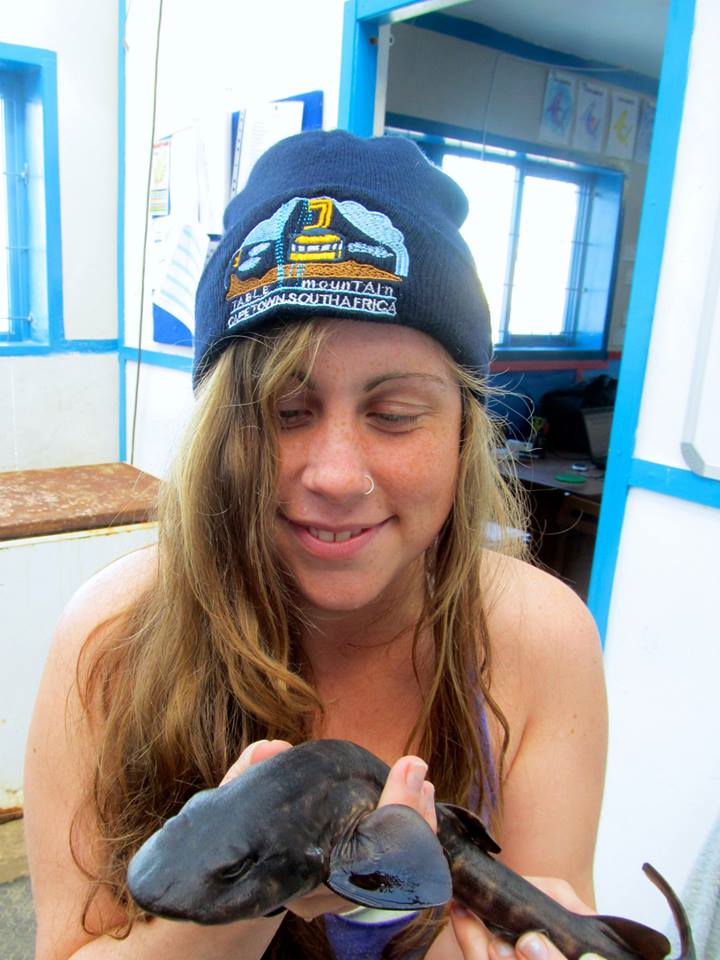
One in four fishes of the subclass Elasmobranchii (sharks and rays) is estimated to be threatened with extinction, according to the IUCN Red List. Their primary threat is overfishing, but data deficiency makes stock assessment difficult. Over 50% of shark and ray species are listed as Data Deficient, in part because the taxonomic resolution of existing catch statistics is too low to identify species-level trends of abundance. Less than 25% of the shark catch reported to the FAO is identified below the genus level; the other 75% is lumped into categories such as “sharks”, “rays”, or “elasmobranchs nei”, (not elsewhere included). This study evaluates the taxonomic resolution of domestic elasmobranch landings in the Mediterranean and Black Seas, where over half of shark and ray species are threatened with extinction, but data deficiency and ambiguity consistently limit conservation action. A Taxonomic Resolution Index (TRI) was calculated for the landings of 24 countries over 65 years (1950–2014) to evaluate the quality of catch reporting over time. The TRI revealed that less than a quarter of commercial elasmobranch taxa are represented in Mediterranean and Black Seas landings data, and reporting quality has hardly improved. Conservation and management policy exists for effective fisheries data collection in the Mediterranean and Black Seas, but lacks implementation.
Learn more: Madeline’s website, follow Madeline on twitter
3. Expanding Germany’s role in EU shark conservation. Heike Zidowitz
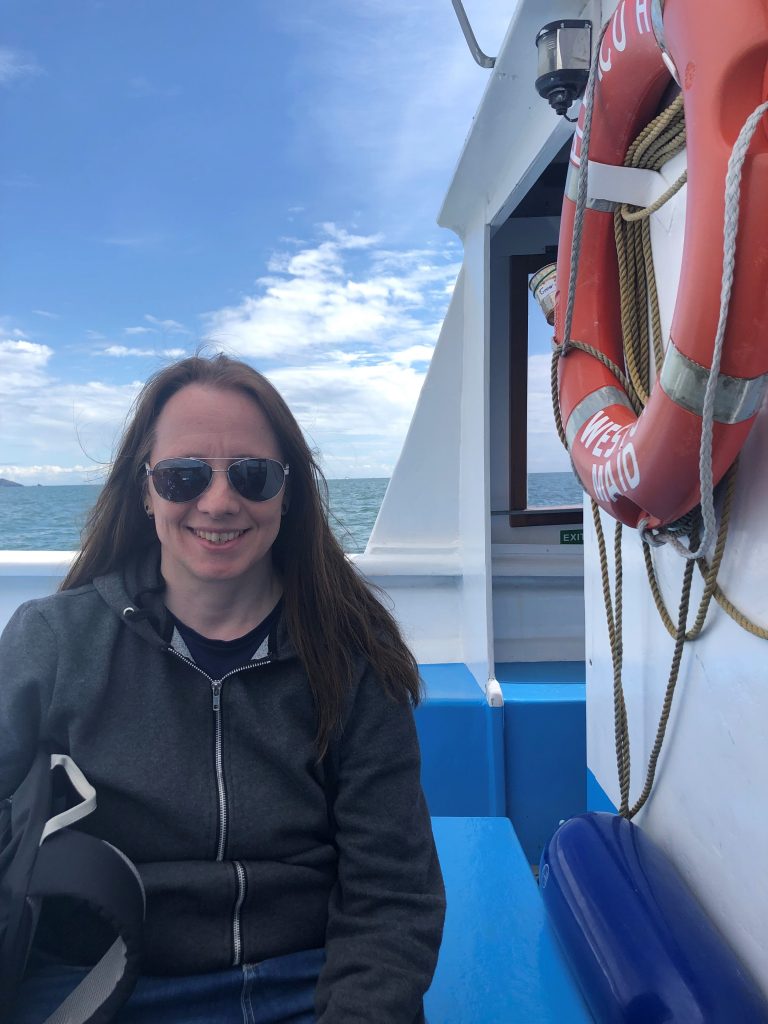
The European Union (EU) is a global shark fishing power. Its record on shark conservation greatly improved over the last 15 years, yet problematic aspects remain. After weakly or completely unregulated fishing resulted in epic depletion of many EU shark populations, Germany played an active role in developing a Community Shark Action Plan (CPOA) in 2009 that set the stage for significant EU shark policy improvements. The EU soon established new, science-based fishing limits and protections for many shark and ray species, strengthened the finning ban and championed numerous shark measures under international fisheries and wildlife treaties. In particular, Germany has led EU Member States in promoting the listing of sharks under the Convention on International Trade in Endangered Species (CITES), while countering Spain’s shark fishery advocacy in EU fisheries deliberations generally fell to the U.K. Given that CITES listings cannot be properly implemented without sound fishing limits, the departure of the U.K. from the EU leaves a troubling gap in shark conservation competence that Germany is well poised to fill. Such an evolution would require a shift or expansion of the German government’s focus with respect to shark policy, including active participation and coalition building in regional and EU-level fisheries negotiations. Such work is vital to achieving long-term sustainability for shark populations off Europe and beyond. We review Germany’s record in shark fisheries deliberations, highlight priority opportunities for progress, and offer recommendations for scientists and conservationists to assist.
Learn more: Check out the WWF shark program and follow them on twitter
4. Fishing impact mitigation for elasmobranch conservation: what we know and what we can do? The upcoming LIFE ELIFE project. Ioannis Giovos
About half of the elasmobranch species found in the Mediterranean Sea are threatened with extinction based on the latest regional IUCN assessment. Among other threats, bycatch has been identified as significant, as elasmobranch targeted fisheries are limited in the basin and several species are caught incidentally and often discarded dead. The multispecies nature of the Mediterranean professional fisheries and the variety of fishing gears used in different countries, or even regions, make mitigation efforts very challenging and often unsuccessful. At the same time, fishers are very skeptical in adopting new tools or good practices, since their profession has become marginal, as most stocks are overexploited and their income is decreasing rapidly. During the last decade, efforts have been made to mitigate elasmobranch bycatch and different tools and approaches have been successfully tested and applied. Here we present an overview of the best practices and efforts discussing their efficiency and practicability in the framework of the professional fisheries in the Mediterranean Sea. This work is implemented as a preparatory action for the new ELIFE project (LIFE18 NAT/IT/000846) which aims, at a later stage, to promote the best mitigation strategies and advance shark conservation in the Mediterranean by reducing/limiting the most crucial threat for their populations.
Learn more: Follow Ioannis on twitter
5. Mind the Gap: implications for EU shark conservation in the wake of Brexit. Ali Hood.
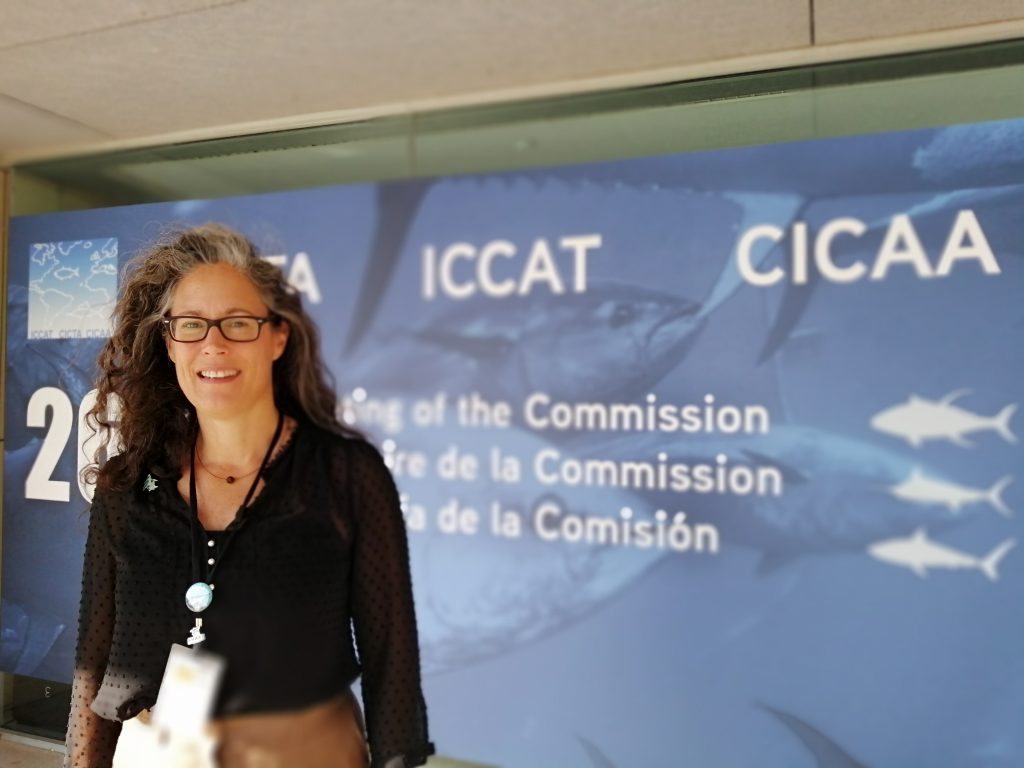
On the 31st of January 2020 the UK left the European Union (EU). While the dust is yet to settle on many issues, including fisheries management, what is clear is the undeniable loss vis-à-vis vocal Member State support for shark conservation, in particular fisheries issues. Widely acknowledged as a dominant force in global shark fisheries, consumption and trade, three of the remaining 27 EU Member States rank in the top 20 shark catching nations (TRAFFIC 2019): Spain rank second. While the EU’s directed domestic fisheries have declined along with European shark populations, the EU exerts a strong influence on global ocean policy and presents a significant voting block in environment fora. The loss of one of the 28 Member states might not sound significant in itself, but when we consider the tenacity of the UK – Europe’s most outspoken shark champion – then the implications of the loss of this star from the EU’s constellation is far reaching and should engender concern. Conscious of shifts in the dynamics of the European Council, where decisions are subject to proportional representation, we acknowledge that the EU Commission has competency over fisheries issues. As such, fisheries management decisions are driven predominantly by Member States present at each round of EU negotiations, attendance at which will require prioritisation by the emerging champion States. So how do we restore the balance? Which Member States can be relied on to provide the vital counterpoint to the economic interests of the Spanish and Portuguese industry lobby? Consider Atlantic Shortfin Mako as a litmus test, especially given that the UK was often a lone voice in support of the ICCAT scientific advice throughout the 2019 EU negotiations. Will EU Member States have stepped-up to champion sharks by the ICCAT Mako intersessional this July? If not: mind the gap!
Learn more: Visit the Shark Trust website and follow them on twitter.
6. Make or Break for Makos: How EU hypocrisy is endangering one of the world’s most valuable sharks, and how to stop it. Sonja Fordham
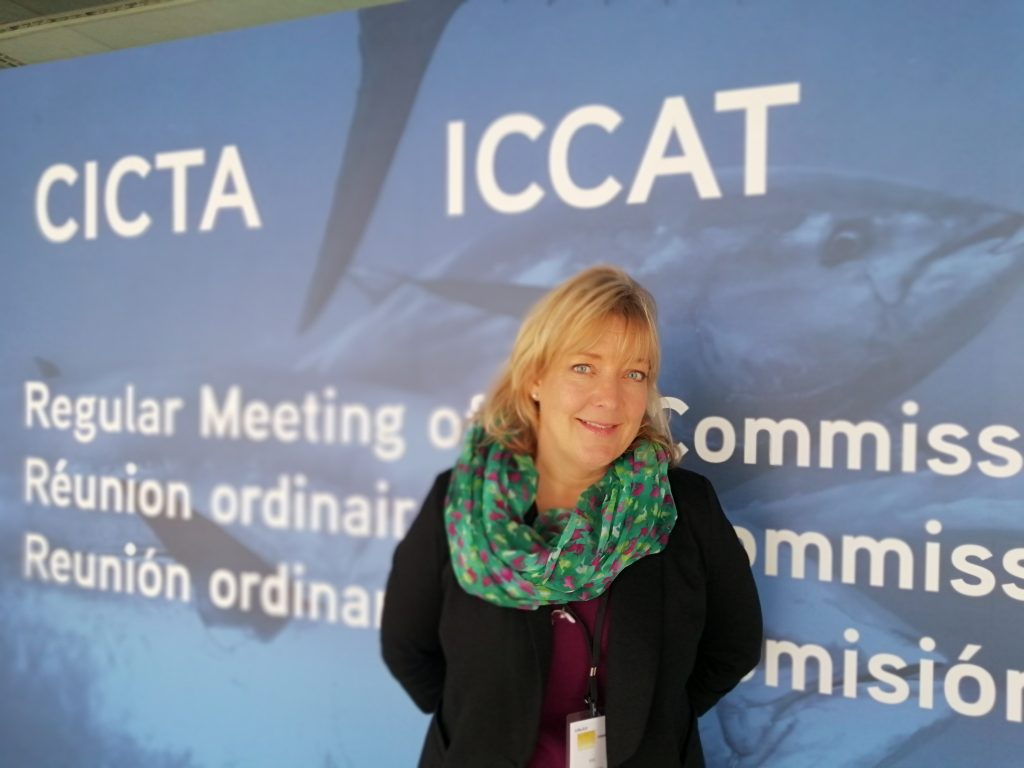
The fate of one of the world’s most commercially valuable and intrinsically vulnerable sharks depends primarily on the actions of the European Union (EU). Shortfin makos (Isurus oxyrinchus) are fished by many nations, essentially without limit. Scientists estimate that North Atlantic catches must be immediately minimized to allow population recovery within 50 years. Spain has the world’s highest mako landings and the most influence on EU policies for the species. Thanks largely to the EU, the relevant regional body — the International Commission for the Conservation of Atlantic Tunas (ICCAT) — has protected other shark species, but has a history of inadequate mako measures. In 2019, the IUCN classified makos as Endangered on the Red List, ICCAT scientists underscored advice for a North Atlantic retention ban, and the EU helped list the species under the Convention on International Trade in Endangered Species (CITES). Nevertheless, the EU’s refusal to bend on an ICCAT proposal allowing continued landing of North Atlantic makos derailed attempts by 16 Parties to agree science-based limits. ICCAT negotiations continue in 2020 as the UK, lead shark champion among member states, exits the EU. Shifting the EU mako stance toward science relies on remaining member states filling this void. Such change is vital not only for preventing North Atlantic mako collapse, but for safeguarding the species worldwide. The crisis also highlights a divide between environmental and fisheries realms that hinders conservation of many shark species. Status updates and a path for ending EU opposition to mako protections will be offered.
Learn more: Visit the Shark Advocate International website and follow them on twitter.
